
If there’s something that this pandemic has taught us it’s that health truly is wealth! We cannot take our health and well-being for granted, and a mindset of preparedness and precaution is extremely integral during such times. The medical industry has been making leaps and jumps in its innovations, to ensure such a brutal pandemic doesn’t occur again. Designers have been coming up with new and improved, life-saving medical designs that not only boost medical care but relieve some of the pressure from our tireless medical force. From an analog clock with dispensers to help medication schedules to a Dyson award-winning injection accessory – these designs tackle a variety of problems in the health and medical field. They’re a boon to modern healthcare and a reminder that we cannot take our health for granted any longer! revolutionize
1. The Pinsoft
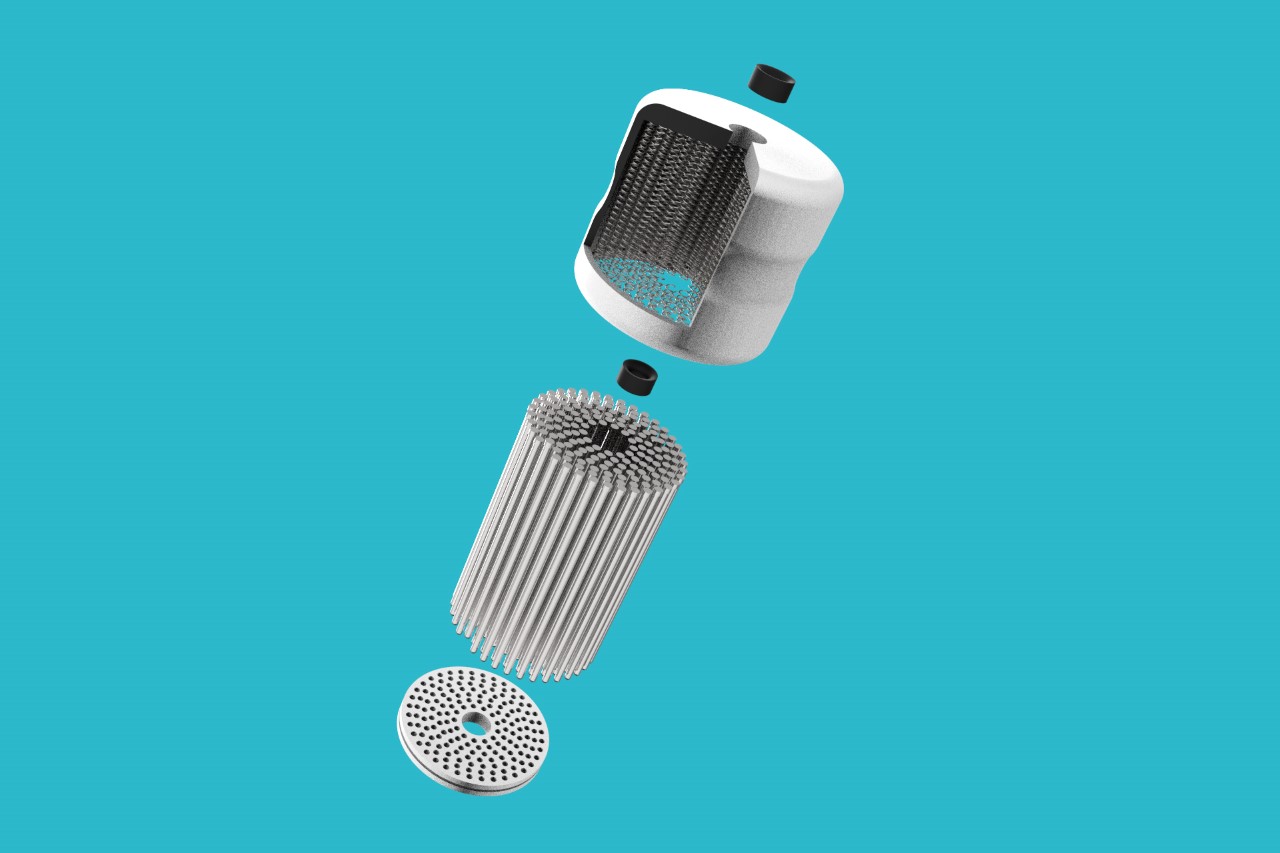
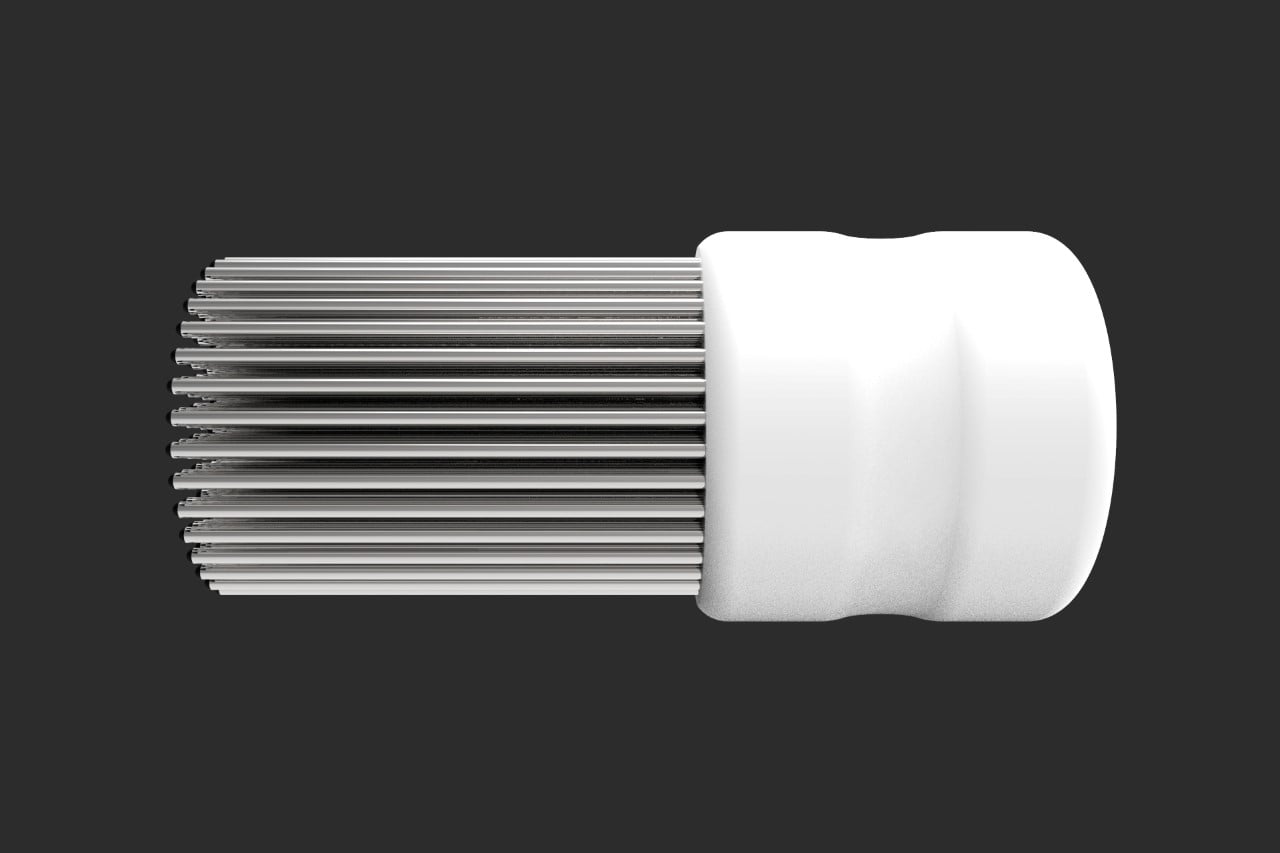
While its appearance could easily be mistaken for a fancy meat tenderizer, the James Dyson National Award-winning Pinsoft is an injection attachment that helps people deal with Trypanophobia or a fear of needles. Its terrifying appearance aside, the Pinsoft sits around ‘ an injection, and its multiple round-tipped prongs help stimulate and confuse your skin as the needle makes its way through. The gentle stimulation caused by the prongs distracts your brain since it can’t immediately tell the difference between the prongs touching your skin and the needle piercing your skin. By the time you realize what’s happened, you’re done with your shot!
2. Re-Pill


This device called Re-Pill is created specifically for those that have TBI and may be suffering from cognitive issues like memory loss, attention deficit, and other problems connected to their disorder. Basically, it’s an analog clock and a pill dispenser so that the user and/or the caretaker will be reminded to take their medication throughout the day. The pill containers are placed during the time they’re supposed to be taken so that it’s easy to remember and to take them out.
3. The Smart Prosthetic Arm

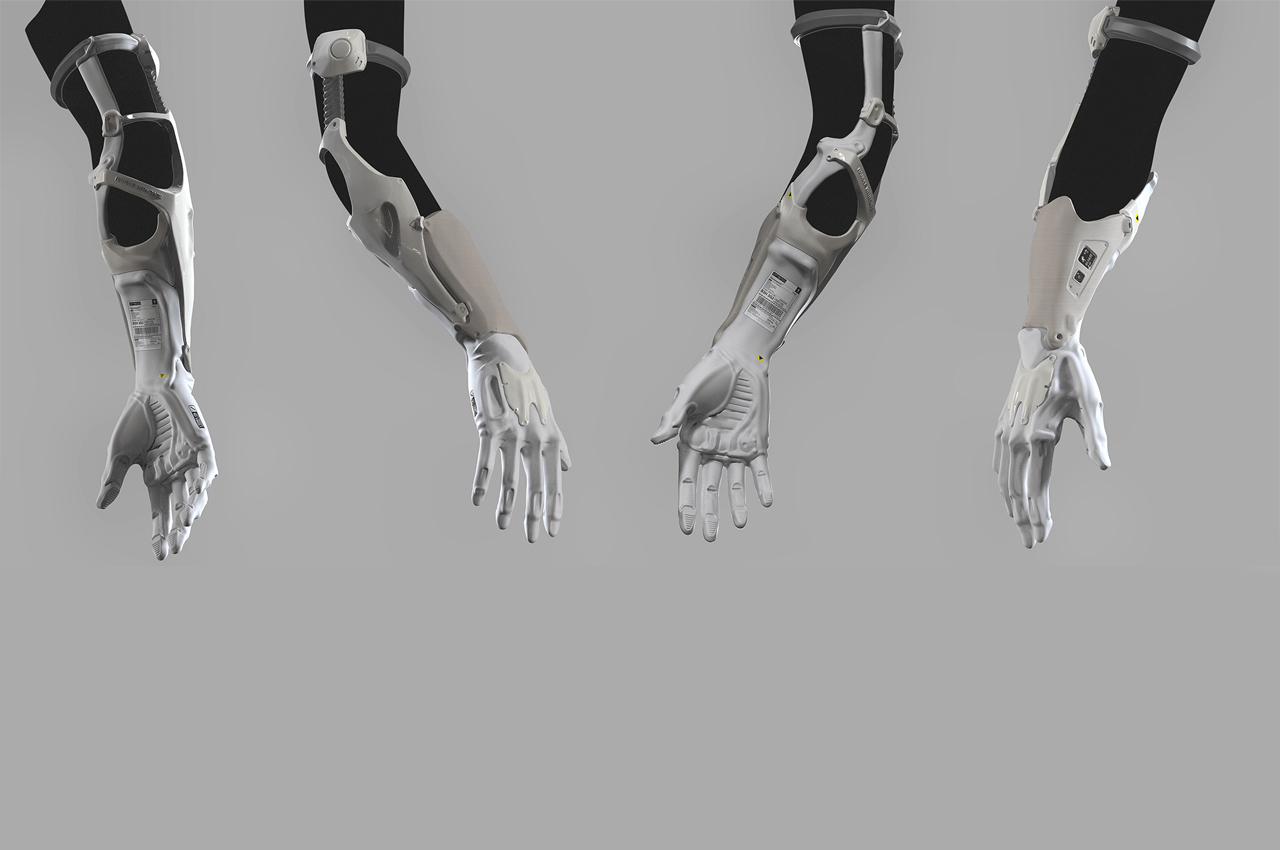
The Smart Prosthetic Arm is a wearable design concept that integrates AI and smart technology into the construction of a prosthetic limb. While some prosthetic arms take on the look of an actual limb to create a cohesive look with the user’s body and skin tone, Lihovski’s design embraces the tech of it all. The robotic look also helps to normalize the use of prosthetic limbs in common spaces. Conceptualized in optic white and slate black, a digital interface wraps around the prosthetic arm’s elbow crease that operates as the prosthetic limb’s smart hub.
4. The Alo
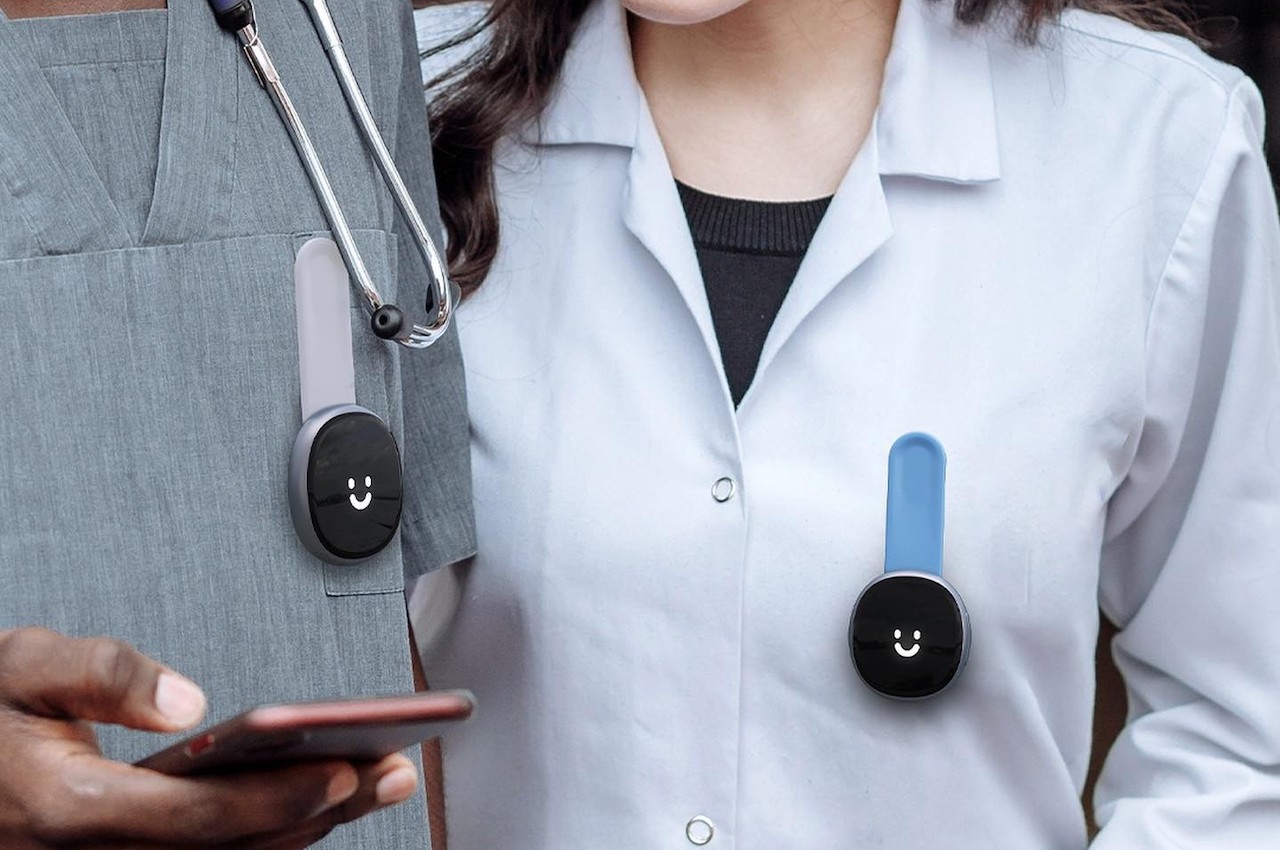
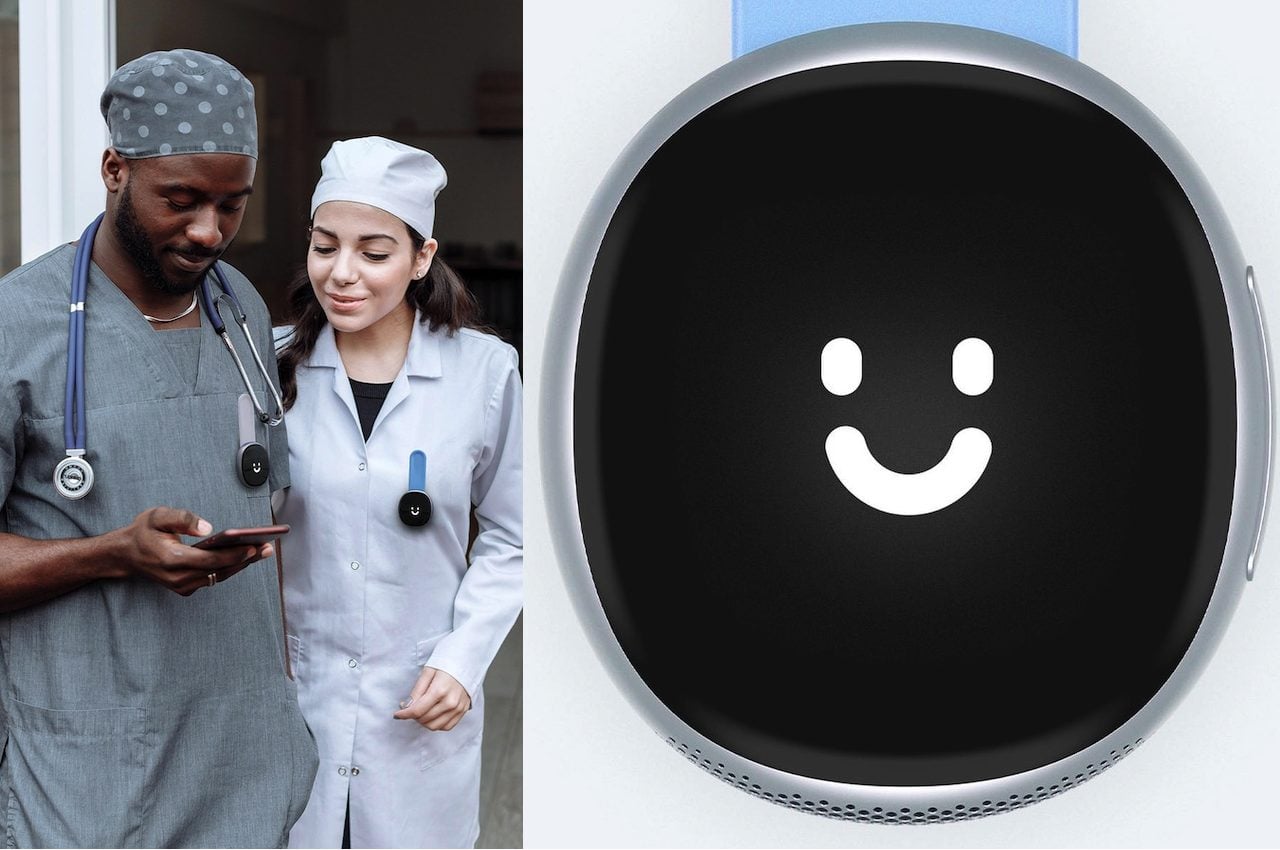
The Alo is an innovative accessory that acts as a healthcare assistant, ready to check a person’s O2 saturation, skin temperature, heart, and even GPS. It was designed to check and track the health and wellbeing of the clinic or hospital staff to ensure they stay healthy. This Alo smart device uses sensors and AI pattern recognition to check on the healthcare professional’s well-being. With the data and information gathered, the hospital management may act to reduce the workload of the nurses and doctors. If high pressure or high workload is detected, the person can assign other work or tasks to any available staff.
5. Cyberpunk inhaler concept
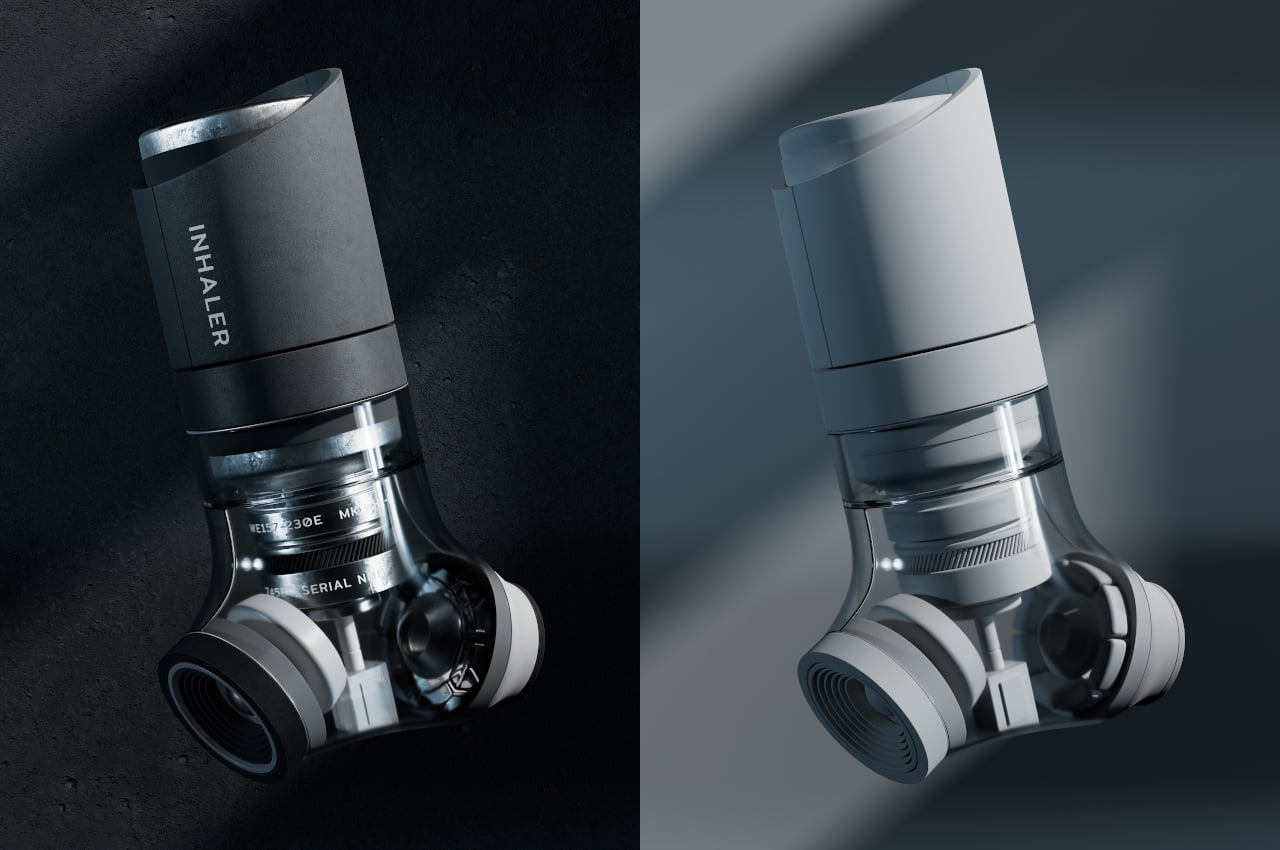

This inhaler concept shows clear signs of a cyberpunk future design style. The form itself is unconventional and the transparent parts of the shell reveal the inner workings of the medical device. At the same time, the worn-down metal surfaces of the canister suggest it has seen better days like it has traveled through rough roads to get to the person who needs its life-saving medicine. The small light at the end of the tunnel is that the design equally works for a utopian version of an inhaler. Idealized visions of the future often utilize white or bright motifs, tremendous use of plastic-like materials, and clean, unmarred surfaces. There is nothing that says “bright future” better than pure white materials.
6. The Dab


Literally the size of a quarter, the Dab is an unobtrusive Holter ECG/EKG that rests comfortably on your chest, constantly reading your heart’s movements. Designed to be minimal, non-invasive, and simple, the Dab tries to bridge the gap between medical appliances and wearables. Its tiny yet classy design sits on your chest via a gel patch, while the electrodes capture your heart activity. The Dab’s dry-electrodes allow it to be used and reused, unlike disposable electrodes that lead to large amounts of medical waste. They constantly measure one’s heart activity (requiring periodic charging via their wireless charging hub), and keep logs of accurate readings, quietly sitting on your chest while you absolutely forget that they’re even there in the first place!
7. Fanny

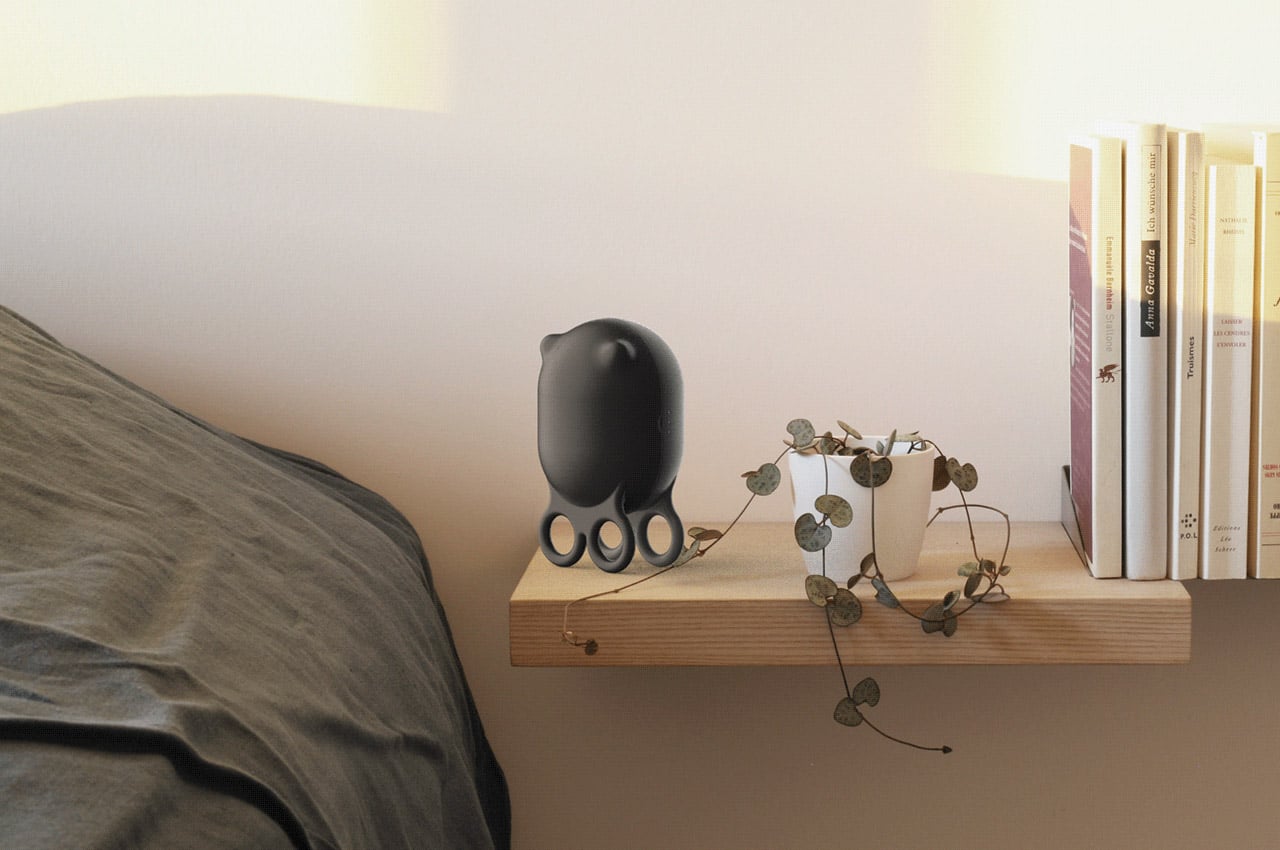
Designer Abel Szabo zooms in on the problem of wrist injuries to create a rehabilitation product that eases the user through the process of strengthening the muscle and tissues. Dubbed Fanny, this wrist rehabilitation medical accessory is specifically designed for people in the process of recovering from a nagging wrist or hand injury, or ones who keep suffering the same injury due to negligence in the past. Abel also seeks to devise a practical solution for people who either develop tennis elbow or are susceptible to developing it in the future due to the repetitive nature of their task.
8. Home Breathe Analysis device
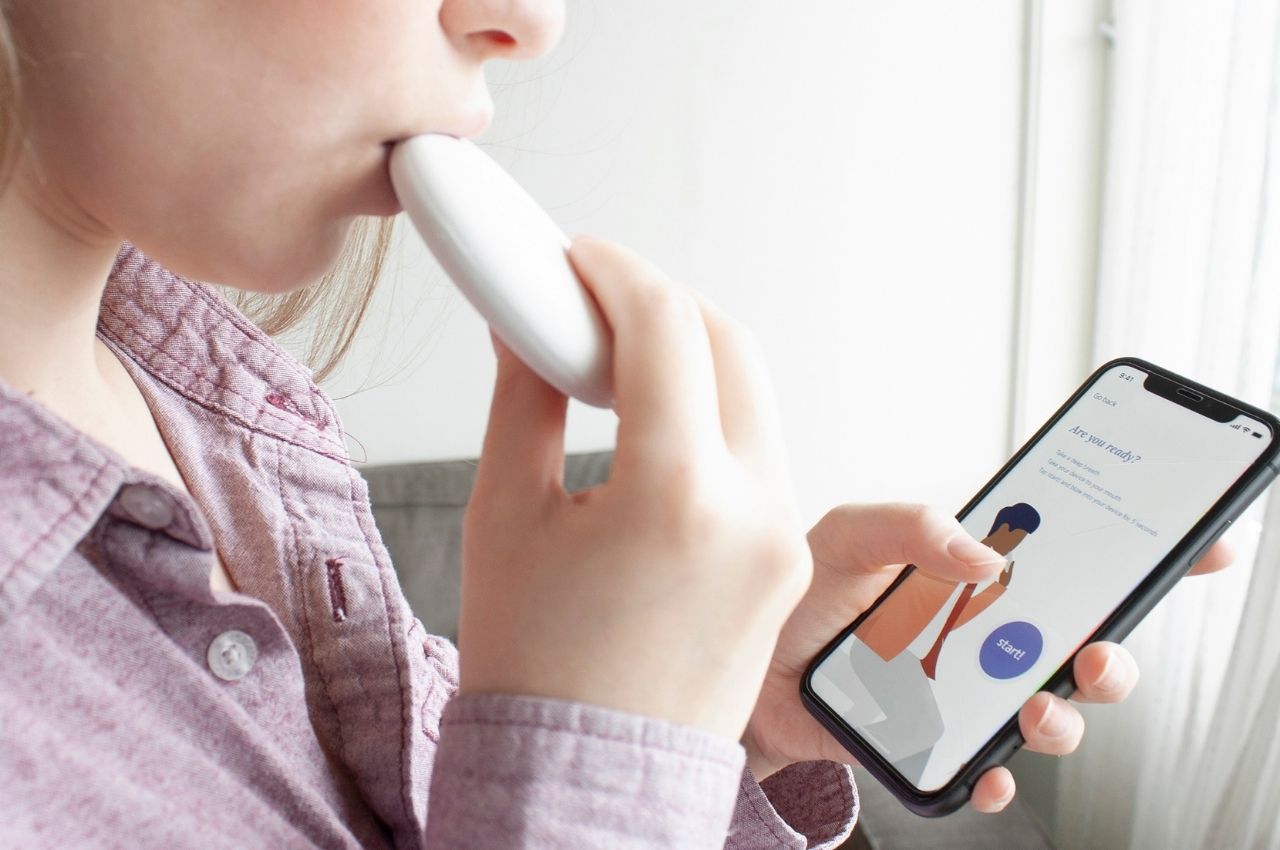
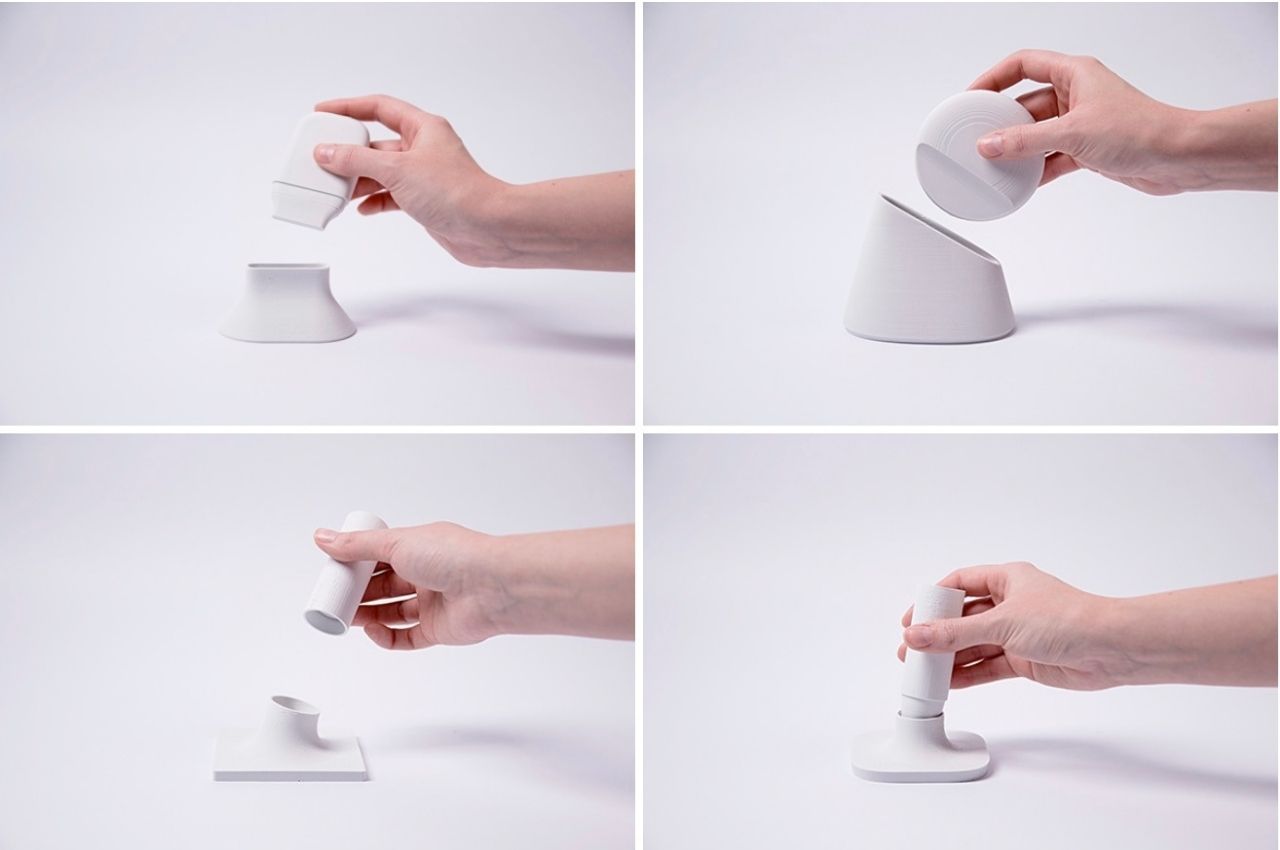
Most of the at-home medical devices that we have are more functional and not design-focused. The important thing for most users is that it does what it’s supposed to do, whether it’s measuring blood pressure or taking your oxygen saturation level. But what if the design of the device actually contributes to how regularly the “patient” will be using it and how regularly they use it is connected to early detection and diagnosis? This is the idea behind the concept for a Home Breath Analysis device by designer Lucas Couto. Anyone who has taken care of a patient at home, whether a family member or a professional, knows how hard it is sometimes to make them use a device that is supposedly good for their health.
9. ECO-FLO
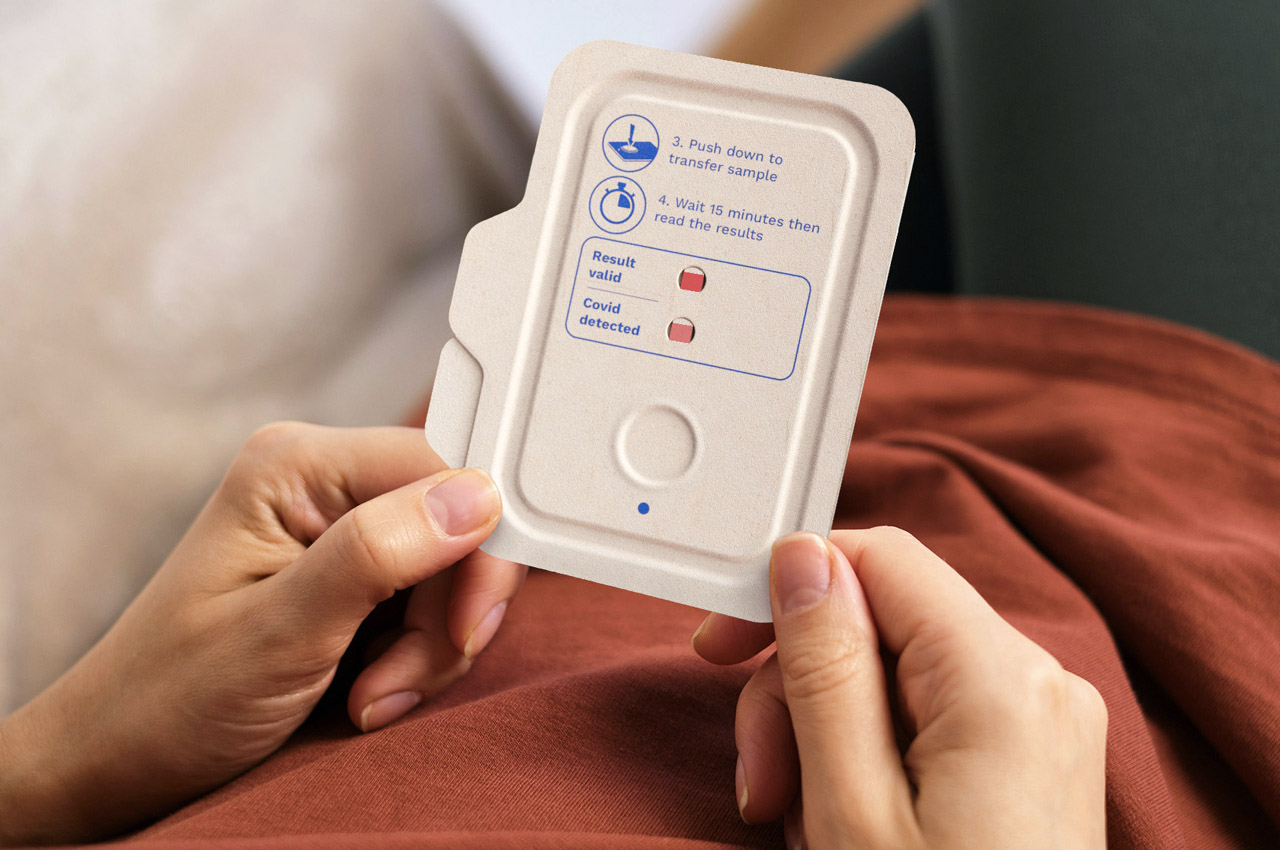

ECO-FLO was envisioned as a one-of-a-kind test kit that, instead of relying on nasal swabs, uses a saliva sample instead. The kit comes in four parts – the test kit, the test strip, an absorbent pad, and a sachet. While current lateral flow and PCR tests have a much more complicated (and failure-prone) procedure, using the ECO-FLO is much easier and foolproof. Just open the kit up and place your saliva sample in the designated absorbent pad. Close the kit and press the button on the front, and your results get displayed on the test strip. Once you’re done, place the kit back inside its sachet and dispose of it carefully.
10. The C-Knee


A design company came up with a medical design solution to help kids who suffer from injuries like damaged meniscus and other possible leg injuries that will affect the knees, especially in the recovery process. The C-knee is a device that the child can wear while recovering from their fracture, sprain, or other injuries. It’s designed like the usual leg brace that athletes wear but with a mesh padding to fit the knee area. I’m assuming that this is something the kids will wear after the cast has come off and the doctors and parents need to keep a close eye on their knees.
The post Medical Innovations designed to give modern healthcare a powerpacked boost first appeared on Yanko Design.
from Yanko Design


0 Comments